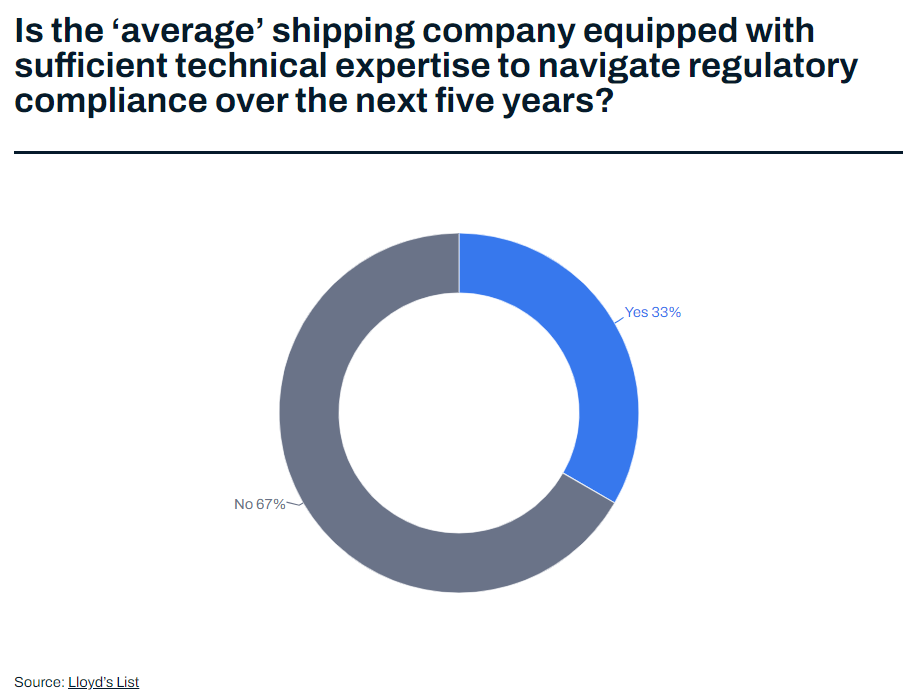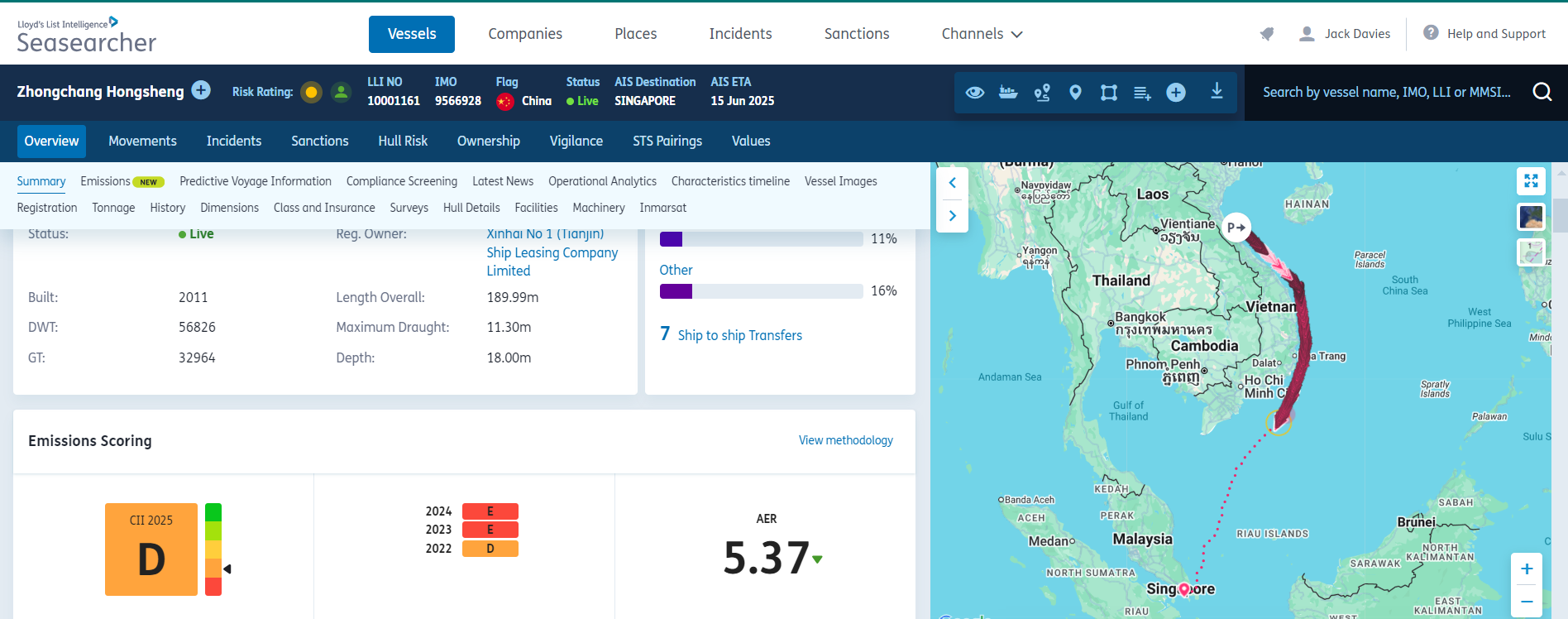More than 60% of shipowners missed the first EU ETS emissions reporting deadline.
That stark figure, revealed in Richard Meade’s recent Lloyd’s List analysis, underscores a growing problem: the maritime industry is struggling with compliance complexity at precisely the moment when emissions regulations are tightening worldwide.
In a Lloyd’s List survey, two-thirds of respondents admitted their organisations don’t yet have the technical expertise to manage emissions compliance over the next five years. And with carbon costs forecast to rise from $6bn this year to over $50bn by 2030, the consequences of non-compliance are no longer theoretical, they’re financial, operational, and reputational.

Why Complexity Is Becoming a Commercial Risk
The introduction of carbon pricing schemes, from the EU ETS to upcoming regimes in the UK, Türkiye, and potentially the US, has created a regulatory minefield for shipping companies. Smaller operators are struggling to keep up, as highlighted by experts like Paula Van Laningham and Siglar Carbon's Geir Olafsen.
But this isn’t just a compliance issue. As Siglar’s CEO Sigmund Kyvik put it, “the losers will be the ones that don’t understand [the costs] and don’t have the insight to handle it.”
This is where data becomes a competitive advantage.

How Seasearcher Emissions Data Helps Stakeholders Navigate the Storm
At Lloyd’s List Intelligence, we’ve developed Seasearcher emissions data, now available in partnership with Siglar Carbon, to equip maritime professionals with the clarity they need to stay ahead of compliance while making smarter commercial decisions.
Here’s how it helps:
With seamless API access and visual tools inside the Seasearcher platform, emissions insights are now embedded directly into day-to-day workflows meaning no spreadsheets or guesswork required.

The Bottom Line
As Richard Meade’s analysis highlights, emissions compliance is no longer a back-office concern- it’s a boardroom issue. The industry’s future winners will be those who turn complexity into clarity, and cost into opportunity.
With Seasearcher emissions data, that shift starts today.
Our emissions data, integrated into Seasearcher and available via API, provides vessel and voyage efficiency ratings (CII and AER), empowering users with the intelligence needed to navigate decarbonisation challenges and stay competitive.
